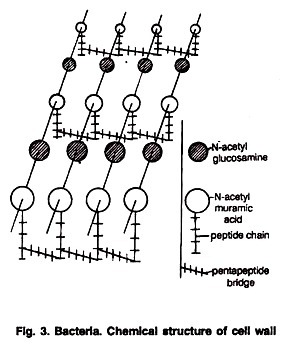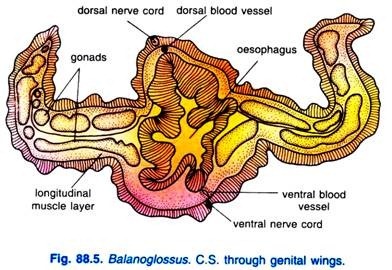The following article will guide you about how to calculate pH of a solution. Also learn about the physiological importance of maintaining pH.
pH:
The pH of a solution is defined as the negative logarithm (base 10) of the hydrogen-ion concentration, i.e., pH = -log [H+] or pH = log (1/[H+]).
Calculation of pH:
For calculation of pH, [H+] ion concentration must be ascertained. If the [H+] ion concentration of a solution is known then the pH of a solution can be calculated.
When the [H+] ion concentration of a solution is 2.86 × 104 then the pH can be calculated as follows:
Calculation of [H+] ion Concentration:
For calculation of [H+] ion concentration from a known pH value, the calculation will be reversed.
Supposing the pH value of a solution is 3.544 then the [H+] ion concentration will be:
[H+] ion concentration will be 2.86 × 10-4.
Greater the value of pH, lower will be the value of acidity and conversely the lower value of pH will indicate the higher value of acidity.
Hydrogen-ion concentration (cH) can be expressed in three ways (Table 3.2):
The pH Scale:
Sorensen introduced the simple pH scale. The degree of acidity can be measured on a scale of pH units. Pure water is neutral, i.e., neither acid not alkaline, has a pH of 7.0. Acid substances produce more [H+] ions than those are found in pure water.
They possess pH values of less than 7.0. Alkaline (basic) substances combine with [H+] ions leaving fewer than those are found in pure water. They have pH values of more than 7.0 (Fig. 3.10). A change of one unit on the pH scale means a tenfold change in hydrogen- ion concentration. A two fold change in hydrogen-ion concentration is expressed by a movement of 0.3 on the pH scale.
Indicators:
For standardization of solution, an indicator is generally used to determine the end point. Indicator can be defined as the very weak organic acid or base that undergoes change of structure with consequent change of colour in the presence of certain concentration of hydrogen and hydroxyl ion.
Some common indicators along with their range of colour over a range of concentration have been presented in the Table 3.3:
Physiological Importance of Maintaining of pH:
A large number of living cells are extremely sensitive to changes in the pH of their extracellular fluids. For the extracellular fluid (ECF) a useful requirement is that it would not be either too acid or too alkaline (basic).
The pH of human blood plasma is usually maintained between 7.36 and 7.45. If these limits change, i.e., above pH 7.8 or below 6.8, fatal illness and perhaps death would ensue. Luckily our blood plasma equalises this limit with substances called buffers which act to prevent any sudden shift in the pH.




